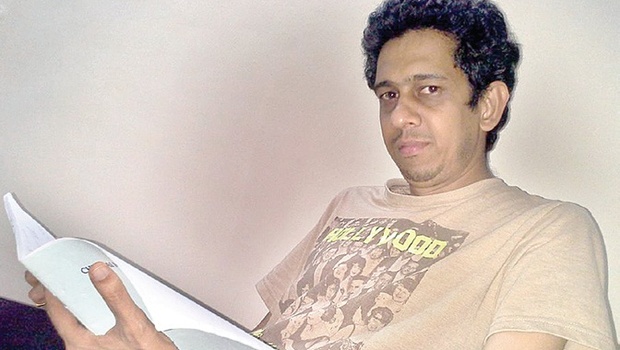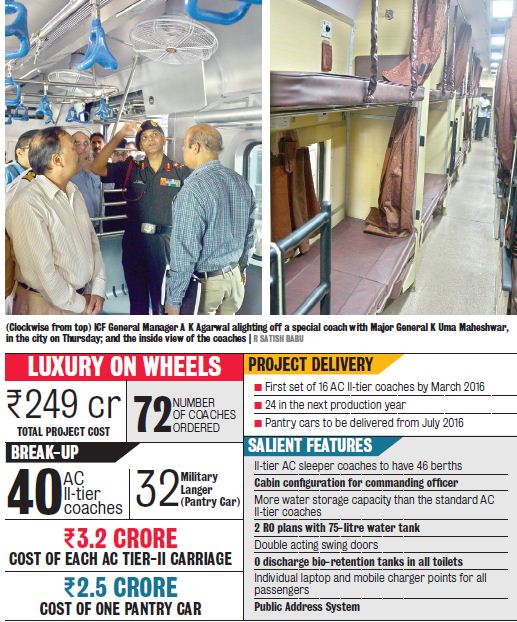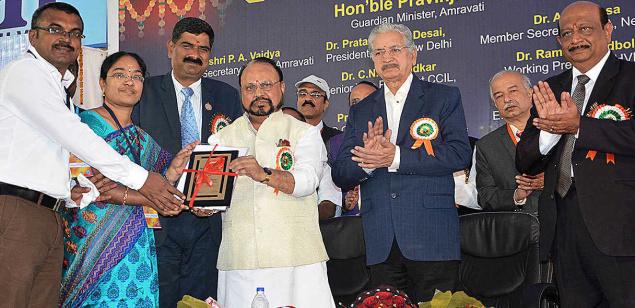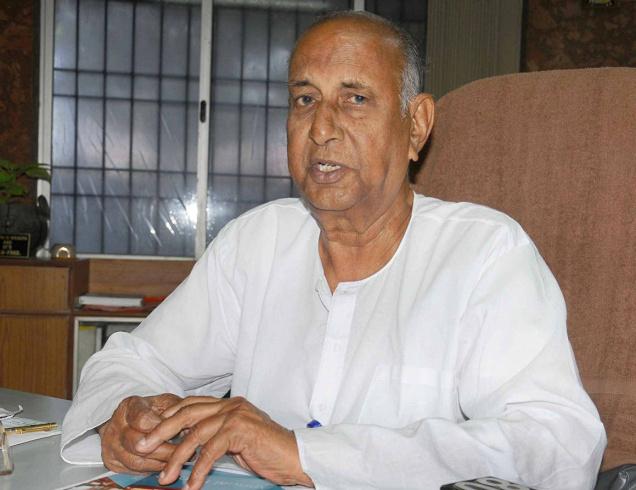
K G Arun, an associate professor from Chennai Mathematical Institute (CMI), was part of the Laser Interferometer Gravitational-Wave Observatory Scientific Collaboration (LIGO LSC), which made headlines across the globe with its most stunning and significant discovery of gravitational waves.
What is your role in this discovery?
I was one of the 61 Indian participants, representing the CMI in the LSC, under the umbrella of the Indian Initiative in Gravitational-Wave Observations (IndIGO). The CMI’s role was to check the correctness of the detected GW signals and analyse whether the monitored wave form was consistent with Einstein’s relativity theory which was crucial in the final phase.
What was the method of operation?
We started working on this research right from September 2014. We regularly interacted with the scientists in the United States and other countries through teleconferencing about the recent developments in our research work. Since I have worked with some of these experts in earlier researches in St Louis and Paris, that helped me a lot.
What was the most challenging portion?
Though the entire research work is complicated, we, the Indian scientists, found the initial stages of research more challenging. Since there were several methods and algorithms to validate the relativity theory, we had to explore every one of these to arrive at one single method which can answer the question of consistency. Though the theory was proposed 100 years ago, changes less than the scale of nucleus of an atom were recorded and analysed.
Support from your Indian counterparts and the government?
Research of this magnitude was not possible without their support. My entire research was from the institute (CMI) funded by various government agencies including the Department of Science and Technology (DST). We had several conferences and meetings regarding this and scientists from LIGO-India were extremely supportive throughout the entire process.
What does this detection mean or what is its significance?
This is a very important breakthrough in the field of astrophysics that has provided new ways to look at the universe. This will also allow us to know more about the Big Bang and with LIGO-India’s GW detector proposal in India, this gives us a chance to colloborate with various other industries that can help in differentiating conventional and gravitational astrophysics.
PROFILE
Dr K G Arun
Associate Professor, Chennai Mathematical Institute (CMI)
Qualifications
Ph D, Raman Research Institute, Bangalore
MSS in Physics, Cochin University of Science and Technology
Positions Held Previously
Postdoctoral Research Associate, Washington University in St Louis, USA.
Virgo Ego Scientific Fellow, Institute of Astrophysics (IAP), Paris
Associate of the International Centre for Theoretical Sciences, Bangalore
Research Interests
Gravitational Wave Astronomy
Short Gamma Ray Bursts
High Energy Astrophysics
Cosmology
source: http://www.newindianexpress.com / The New Indian Express / Home> Cities> Chennai / by Ram M. Sundaram / February 13th, 2016






